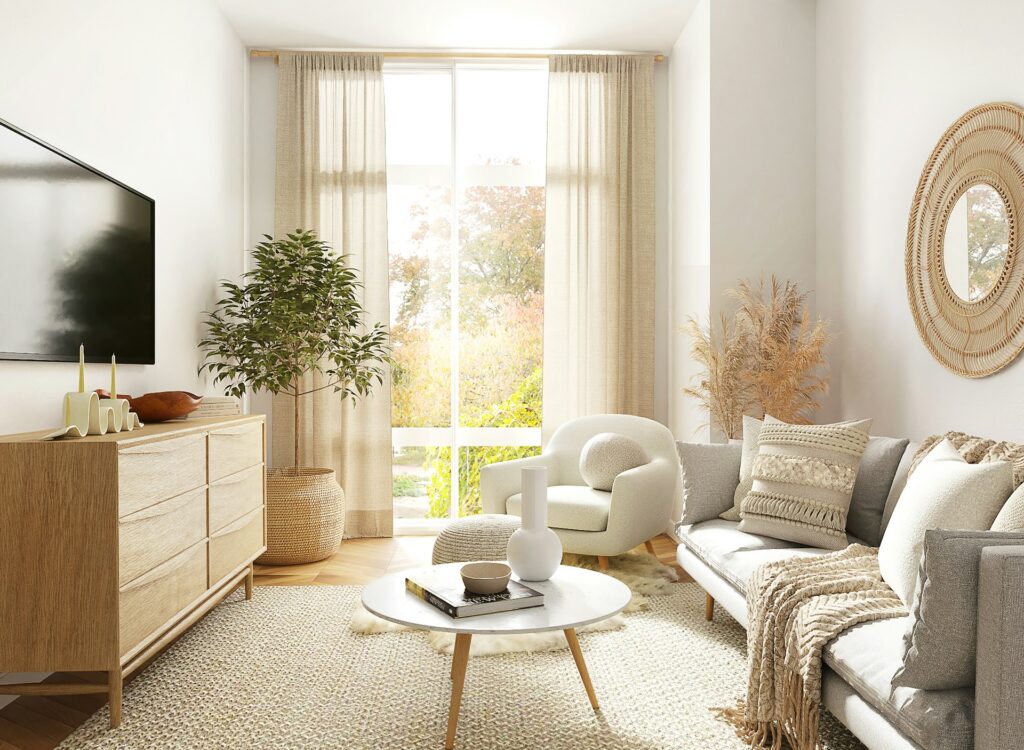Allergies and asthma affect millions of people worldwide, and poor indoor air quality can significantly exacerbate these conditions. In today’s modern living conditions, individuals spend the majority of their time indoors, making it crucial to maintain the best possible air quality within our homes. Failure to do so can lead to respiratory problems, heightened allergy symptoms, and overall discomfort. To avoid these adverse effects, it’s essential to consider various indoor air quality solutions, such as air filtration, proper ventilation, and humidity control. We will explore each of these solutions in depth to help you understand how they can contribute to reducing allergens and asthma triggers in your home, ultimately creating a healthier and more comfortable living environment for you and your family.
Identifying Allergy and Asthma Triggers Within Your Home
Before you can effectively combat allergens and asthma triggers, it’s essential to understand the common sources of these irritants within your home. Potential culprits may include pet dander, pollen, mold, dust mites, airborne chemicals, and other pollutants. By knowing these sources, you can establish a strategic approach to tackle each issue, optimizing your indoor air quality and improving respiratory health.
Air Filtration for Allergy and Asthma Relief
A critical step in reducing allergens and asthma triggers in your home is implementing air filtration systems that effectively capture and remove airborne particles. These systems can help minimize exposure to allergens, leading to a decreased risk of allergy flare-ups and respiratory distress.
Choosing the Right Filter for Your Needs
When selecting an air filter to alleviate allergy and asthma symptoms, consider filters with a high MERV (Minimum Efficiency Reporting Value) rating, which indicates the filter’s effectiveness in capturing small particles.
Proper Filter Maintenance
Regular maintenance of your air filtration system is essential for ensuring its effectiveness. Be sure to follow the manufacturer’s recommendations for filter replacement intervals and clean the components of your air filtration system as needed to maintain optimal efficiency.
Ventilation Strategies for Improved Indoor Air Quality
Proper ventilation plays a critical role in maintaining a healthy indoor environment. By circulating fresh outdoor air and removing stagnant indoor air, you can reduce concentrations of allergens, alleviate allergy and asthma symptoms, and create a more comfortable living space.
Natural Ventilation Methods
Natural ventilation relies on the passive exchange of air through open windows, doors, and vents. This simple and cost-effective method can be useful in reducing allergens, but may not be sufficient to address all your indoor air quality concerns, particularly in areas with high pollution levels or severe outdoor allergens.
Mechanical Ventilation Systems
Mechanical ventilation systems, such as energy recovery ventilators (ERVs) and heat recovery ventilators (HRVs), utilize fans and ductwork to actively regulate airflow within your home. These systems can provide more effective and consistent ventilation, leading to a greater reduction in allergens and asthma triggers.
Humidity Control for Allergy and Asthma Management
Maintaining an optimal indoor humidity level is crucial in managing allergy and asthma symptoms. High humidity promotes mold growth, while low humidity can exacerbate respiratory issues and contribute to the proliferation of dust mites. Through the use of humidifiers and dehumidifiers, homeowners can regulate indoor humidity to create a healthier and more comfortable living environment.
Selecting the Ideal Humidifier or Dehumidifier
When choosing a humidifying or dehumidifying system, consider factors such as climate, room size, and specific needs for respiratory health. This will ensure you select a system that is most effective for your unique situation.
Regular Maintenance for Optimal Performance
Like air filtration systems, humidifiers and dehumidifiers require regular maintenance for optimal performance. Clean and maintain these devices according to the manufacturer’s guidelines, and monitor indoor humidity levels to ensure they remain within the recommended range.
Conclusion
Effectively managing allergens and asthma triggers within your home requires a multifaceted approach, addressing indoor air quality through air filtration, ventilation, and humidity control. By implementing these strategies, homeowners can significantly reduce their exposure to allergens and irritants, leading to improved respiratory health and a more comfortable living environment. Our experienced professionals at Sprinter Total Indoor Comfort are dedicated to helping you achieve optimal indoor air quality by offering comprehensive services tailored to your specific needs and concerns. Reach out to us today to learn more about how we can help you combat allergies and asthma and create a healthier and more enjoyable living space for you and your family.




